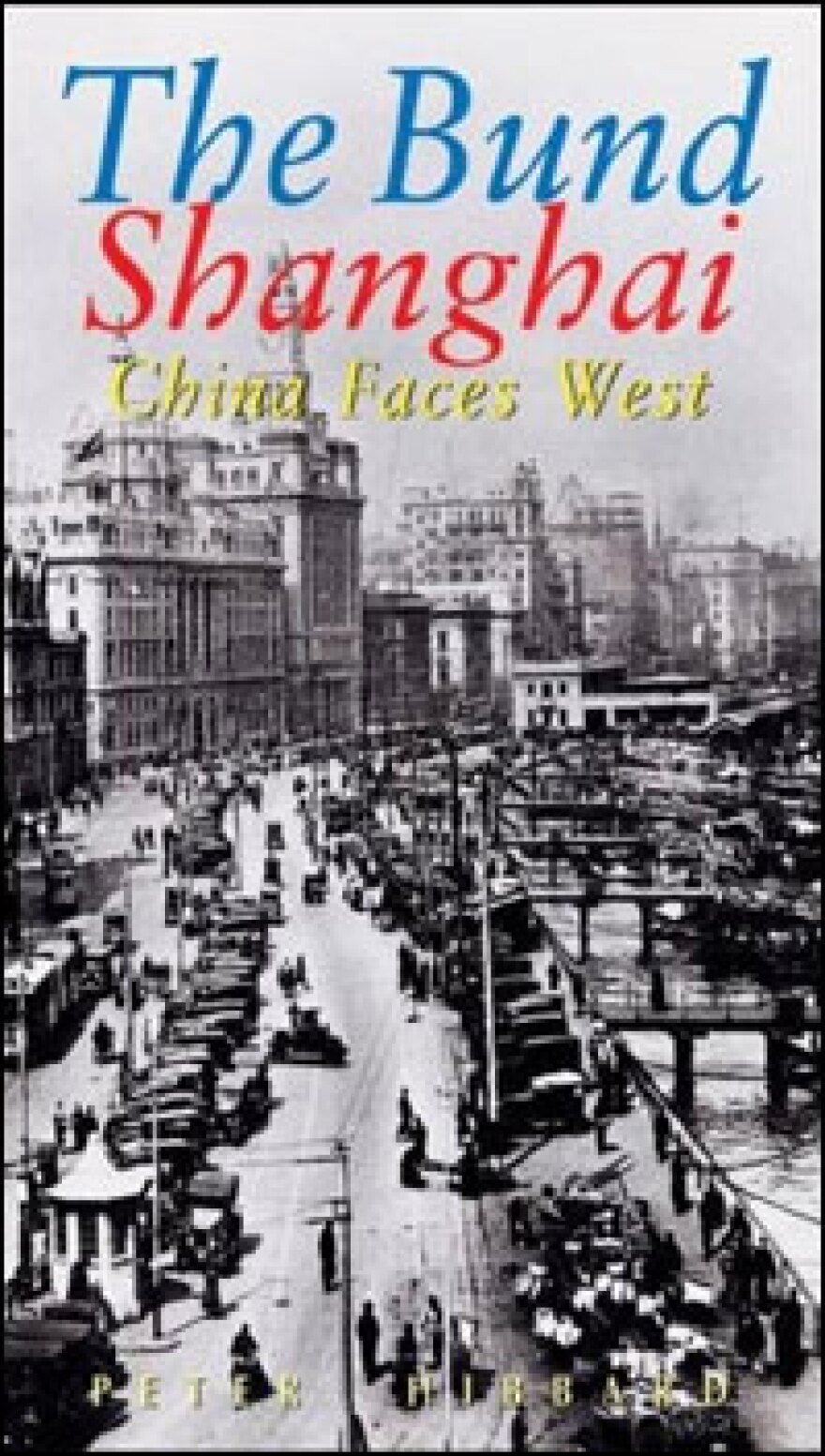
The thoroughly modern Art Deco Capitol Building, also known after its owner as the Shahmoon Building, was the first edifice in the city to accommodate offices and apartments over a theatre. Its magnificently decorated 1,000 seat theatre, devoid of any obstructive columns, had a roof of huge, steel reinforced concrete beams supporting the floors above. Building regulations had to be totally rewritten to allow such a precedent and the theatre was also the first to be air-conditioned in the city.
(A)... fateful fire of March 1924 played no small part in the advent of this unusual and imposing structure. Its modernist, sail-shaped, ground plan was determined rather by the Shanghai Municipal Council's need to have a wide road curvature at that point, than by the architect's design proclivities. And in return for their great prize, the SMC approved Mr. Solomon Elia Shahmoon's radical proposals for the new building in 1925, five months before the new building regulations were to take effect, 'at the express request of the owner... to enable him to erect the type of building he desires.' Unlike its predecessors, the new building was constructed of fire-resistant reinforced concrete.
A North China Daily News columnist commented that the 'building is an expression of all modern tendencies. It may be noted that the classical architectural style borrowed from a bygone period has been abandoned for the sake of adopting a style which corresponds entirely with present-day constructional methods in regard to building materials used and also in regard to the purpose of the building.' Mr. C. H. Gonda, its Czech architect, who later installed his offices in the building, used coloured concrete and glass in its wine and amber-toned interior and employed Russian artists to produce murals and sculptures featuring thespian themes. Although such features are nowhere in evidence today, much decorative relief has survived in parts of the theatre and on its unusual concrete stairways. The theatre's original balconies, with their fine wrought iron work, have also withstood the test of time. Its highly decorated octagonal foyer, however, has long since disappeared. The building's decorative embellishments were undertaken by Mr. Podgoursky, a renowned locally-based artist, who had recently completed murals for the Palace Hotel and the French Club and who was to undertake a commission for the Cathay Hotel in the following year.
The Capitol, on the corner of Huqiu Road and South Suzhou Road, which opened on February 25, 1928, also employed a fine orchestra under the direction of Mr. Bakaleinikoff, another Russian. The major Hollywood studios, among them United Artists, Columbia Films, Twentieth Century Fox and Paramount Films, made their headquarters in the building. Although the theatre featured a film vault on its roof, a large group of armed Italian marines stormed the theatre in January, 1929 and forcibly took the first reel of the film The Street Angel from the projection room during an evening performance. Mussolini had personally taken offence at the movie and the marines set fire to the celluloid outside the entrance of the theatre. Shanghai's Censorship Board responded by cutting a few clips from the film in deference to Italian susceptibilities, including one scene where Naples was described as 'sordid' and another showing monkeys assaulting the Neapolitan police. Later, in its guise as the Culture News Theatre, Japanese propagandist newsreels and documentaries were screened to a less than indifferent audience between 1943 and 1945. As part of the present scheme, the theatre will be reopened and the rest of the building, with its prime roof space, is scheduled to be reinvented as a fashionable boutique hotel.
Excerpted from The Bund Shanghai -- China Faces West by Peter Hibbard (c) 2007. Reprinted with permission from Peter Hibbard and Odyssey Publications.
Copyright 2023 NPR. To see more, visit https://www.npr.org. 9(MDM3NjYwMjA5MDE1MjA1MzQ1NDk1N2ZmZQ004))

